Topics
Stay Out! 4 Natural Ways to Get Rid of Squash Bugs in Your Garden
PestsIf you're dealing with squash bugs in your garden, don't despair! There are several natural methods you can use to get rid of them. The key is to catch them early and act quickly. We’ll help you detect these invaders and give you natural ways to remove them. Persistence is key, but with a little effort, you can successfully get rid of squash bugs and protect your harvest.

How to Get Rid of Squash Bugs
Squash bugs are the worst. They’re a gardener's nemesis, eating through your vegetables and leaving a trail of wilted plants in their wake. They’re persistent and difficult to get rid of once they’re adults. These bugs live on the squash plant, but they will also eat your melons and tomatoes, too! But with a keen eye and the right tools, you can keep all of your delicious vegetables to yourself.
Know Your Enemy: Identifying Squash Bugs
Early detection can help you keep ahead of squash bugs, so examine your squash plants often. Keep an eye out for clusters of bronze-colored eggs on the underside of leaves and act quickly. This is your best chance at removal.
Small, fast-moving nymphs are also a sign of trouble. They’re gray colored, with black legs.
Adult squash bugs are gray-brown, about half an inch long, and have a distinct shield shape. This is the most destructive stage of the squash bug. Their saliva is toxic and will kill the plant as they munch along.

Natural Ways to Get Rid of Squash Bugs
If squash bugs have already crashed your garden party, here are a few natural ways to show them the exit—without reaching for harsh chemicals.
Manual removal:
Don a pair of gloves and remove squash bugs, nymphs, and eggs by hand.
The best time to stop squash bugs is before the eggs hatch. Check the underside of leaves for clusters of bronze-colored eggs. You can use duct tape to help pull them off the leaves. You can also scrape them off and crush them.
Look on the ground as well as leaves and blossoms for nymphs and adult squash bugs. They often blend into the soil or mulch. Pick them off and drop them in a bucket of soapy water to finish the job.
Use physical barriers:
Row covers and screens, especially if placed at just the right time, can help you avoid squash bugs. Knowing that there’s only one generation of bugs a year, your best bet is to erect these barriers at the beginning of spring and remove them once the plants bloom. Row covers can prevent them from laying eggs on your plants.
Introduce natural predators:
Birds, hunting spiders, tachinid flies, and some beetles love to snack on squash bugs. So make room in your garden for these friends, and you'll have some help keeping the bugs at bay.
Companion planting:
There are plants that naturally deter squash bugs. Consider companion plantings that will help you win your fight against squash bugs. For example, marigolds and nasturtium are both wonderful deterrents that will also attract pollinators to your garden! In addition, mint plants and bee balm will attract beneficial bugs that will help control squash bug populations, too.

Using Pesticides: Handle with Care
While it's tempting to annihilate these pests with pesticides, we understand. But if you do choose this route, it’s best to do so sparingly with targeted applications. This is because many pesticides can harm beneficial insects and pollinators, and some even leave harmful residues in the soil. They also can harm humans in large enough doses. Repeated use can also lead to pesticide-resistant bugs – a scary thought!
Neem oil is a natural pesticide that won’t kill the adults but will curb their egg production and help reduce your problem.
An Ounce of Prevention
If you want to get rid of squash bugs for good, remember that squash bugs overwinter under plant debris. So next year’s prevention starts in autumn after your plants are finished, and it’s time to clear the garden. Clean up old squash vines and remove them from the garden. You should also remove any loose mulch around your squash plants at the same time. If you compost these materials, do so far away from your crops.
When it comes time to plant again, rotate your crops. Remember where you plant from year to year, or keep a record. Changing plant locations from year to year protects your plants from any lingering squash bugs that are hidden in the area.
The Power of Persistence
Squash bugs are determined, but you can win this battle and get rid of squash bugs. Remember that gardening is a long-term project, and don’t get disheartened if these tips take a little longer to pay off than you’d like. Persistence is the key, so be more stubborn than those pesky bugs. You’ll soon learn what works best for you, and you’ll have a healthier, happier garden with plenty of squash to enjoy.
Written by Teresa Chandler




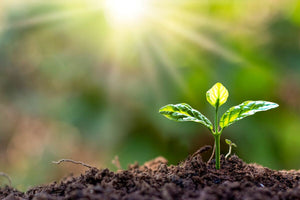

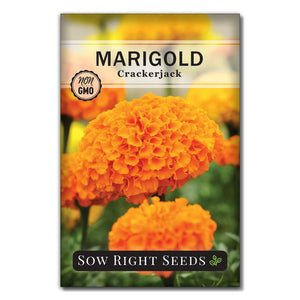

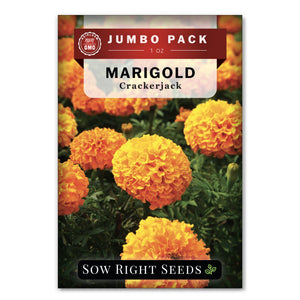
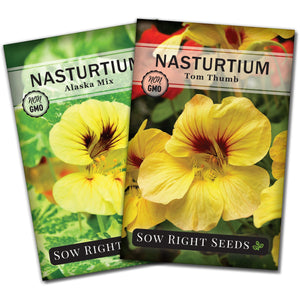

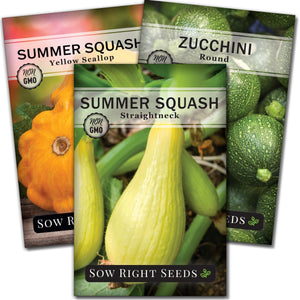
Leave a comment